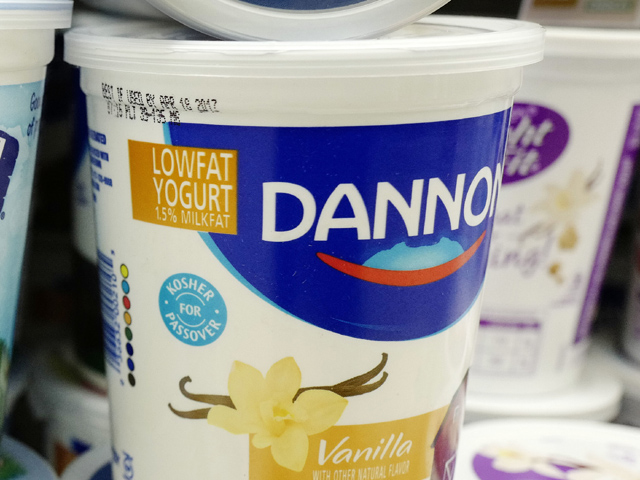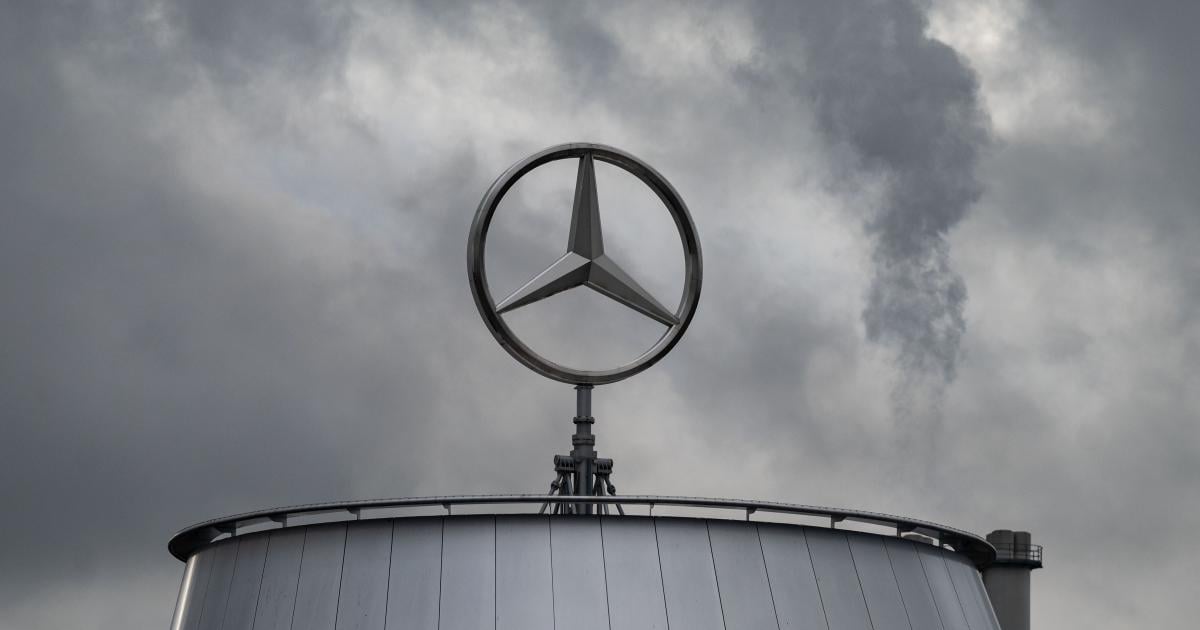The Spanish economy continues to show growth, with GDP increasing by 0.7% at the beginning of the year, which is more than double the European average. This growth is attributed to a variety of factors, including increased service exports and decreased imports. Nearly 70% of this growth comes from the foreign sector, while the remaining 30% comes from domestic demand, with investment rebounding and public consumption slowing down. Family consumption has also benefited from higher labor income.
Despite these positive signs, there are concerns about whether the Spanish economy can sustain this balanced growth in the long term. While Spain has improved its international competitiveness through factors like access to affordable energy and immigration, external challenges like the energy crisis and geopolitical tensions could impact the economy. Additionally, temporary factors affecting demand have been observed due to changes brought about by the pandemic. For example, while Spain’s services sector has seen growth during this time, its goods sector has declined due to shifts in consumer preferences towards services over goods. However, it is expected that these trends will normalize as consumer preferences stabilize in the future.
Moving forward, it will be crucial for Spain to focus on strengthening its competitive advantages through investment in areas such as technology and innovation. While investment has shown some growth since pre-pandemic levels, it needs to increase further to boost productivity and support sustainable economic growth. The key to achieving a sustainable economic cycle will depend on promoting structural advances and enhancing Spain’s production model in line with European standards. By doing so, Spain can continue its strong economic performance while also addressing any potential challenges that may arise in the future.



